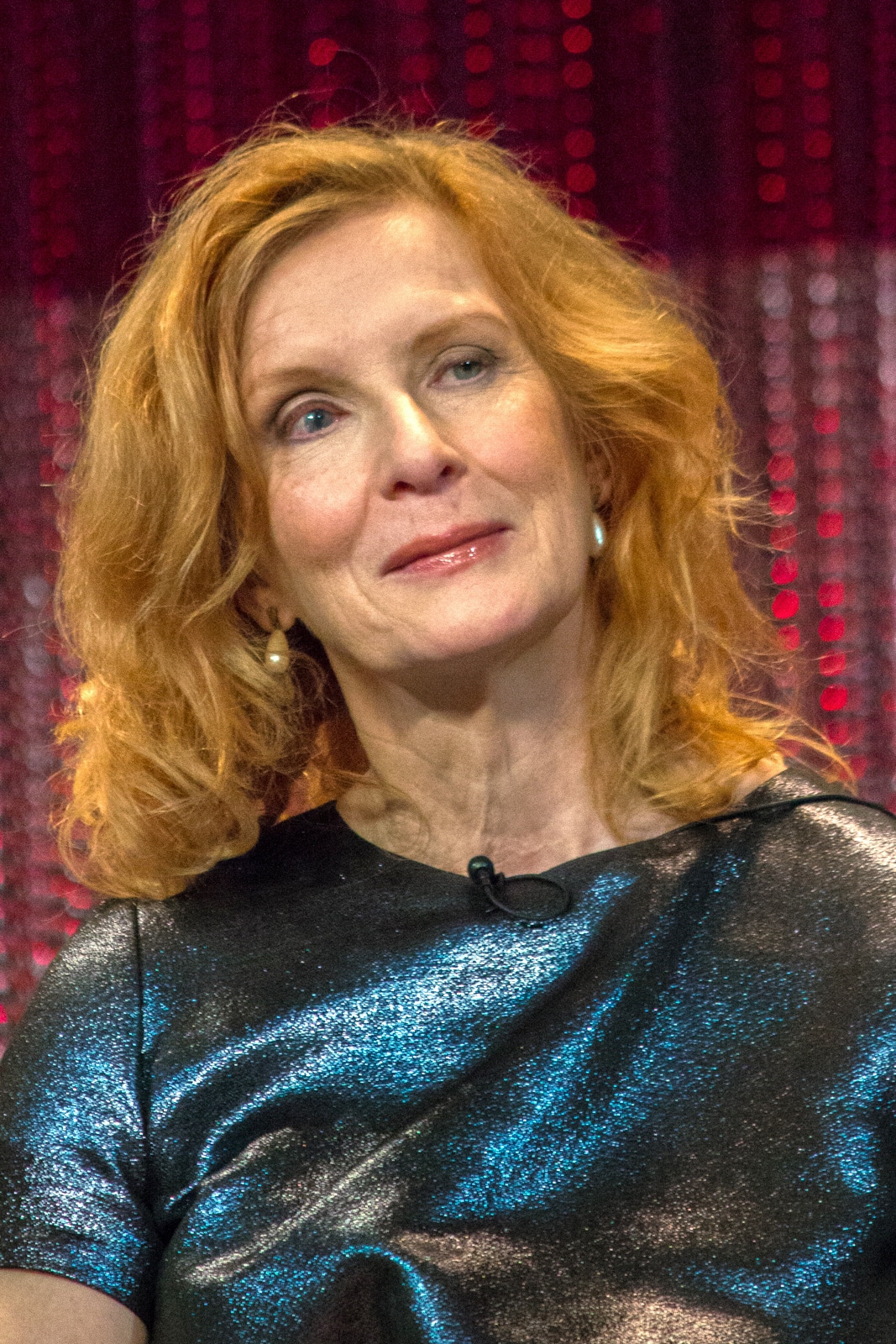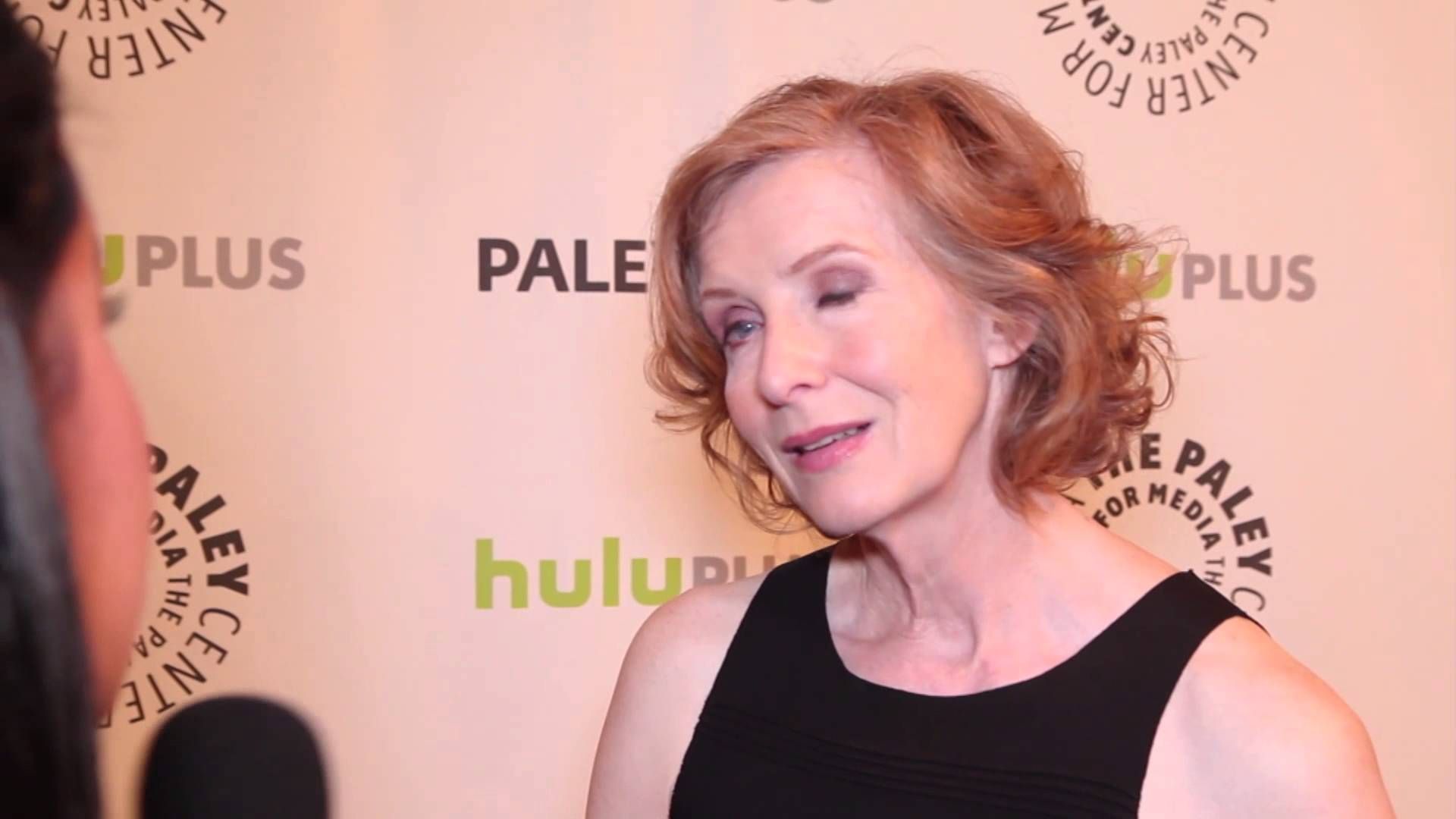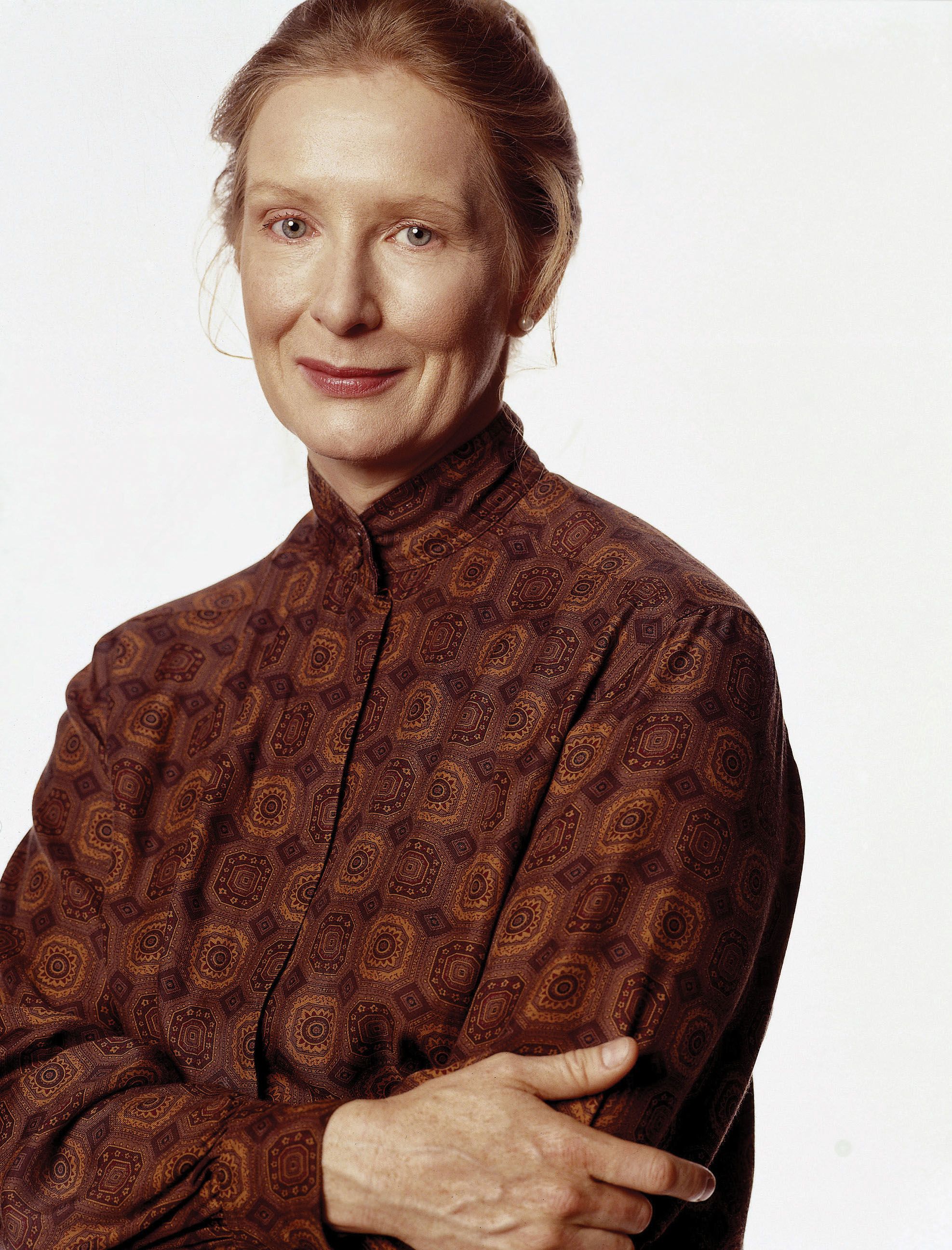Ever wonder what 'bio' truly means when you see it on a profile or hear it mentioned? It's a question many people have, and it points to something quite fundamental about how we present ourselves or learn about others. Like when we look up a public figure, say, Frances Conroy, we're really looking for their "bio," their story, you know.
The term "bio," as it appears in social media profiles or professional settings, usually stands for "biography." This word, "biography," means a life story, a record of someone's existence. It's about their journey, their experiences, and what makes them who they are, in some respects.
Our source material, actually, brings up this very idea, noting how often people wonder about the term "bio" and what it represents. It’s almost like a shorthand for the detailed account of a person's life, or even a summary of their work, which is pretty neat.
- Jake From State Farm Insurance
- Drew Barrymore Children Ages
- British Luxury Fashion Brands
- Justin Bieber Age When He Sang Baby
- Patrick Swayze Cause Of Death
Table of Contents
- What Does "Bio" Really Mean?
- The Idea of a Personal Story - Thinking About "Frances Conroy"
- What Goes Into a Public Figure's Bio?
- Imagining a Bio Data Table for a Public Figure
- Different Uses of "Bio" - Beyond Personal Stories
- "Bio" in Scientific and Technical Fields - What Does It Tell Us?
- "Bio" in Products and Brands - Is There a Connection?
- The Broader Sense of "Bio" - Why Does It Matter?
What Does "Bio" Really Mean?
When someone sees "bio" on a social media page, they often make a quick guess that it means a personal introduction. This quick thought is pretty accurate, as it turns out. Our source material points out that "bio" is just a shorter way of saying "biography," which is a word with a big meaning, you know.
A biography is a full account of a person's life. It covers their experiences, their path, and all the things that make up who they are. It’s not just a list of facts; it's a narrative, a telling of a life. This includes things like their birth, their upbringing, the work they do, and the things they achieve, or even the challenges they face, basically.
Sometimes, when someone needs to write a biography, like for a boss, they might find it a bit tricky. Our source material mentions this, suggesting that putting together a really good biography, one that truly captures a person, can be a bit of a task. It's about picking out the most important bits and presenting them in a way that makes sense and feels right, you see.
The core idea behind "bio" is to give people a quick way to get to know someone, or something, without having to read a whole book. It’s a snapshot, or a summary, that helps people grasp the key points of a life or a topic. This is why it shows up so often in places where quick information sharing is the norm, like on the internet, you know.
So, when we talk about a "bio," we're really talking about a way to tell a person's story, or to give a brief summary of something related to life. It’s a very practical word, allowing for quick information exchange, which is pretty useful, in some respects.
The Idea of a Personal Story - Thinking About "Frances Conroy"
When we consider a public figure, perhaps someone like Frances Conroy, what kind of information do we expect to find in their personal story? A bio for such an individual would usually give us a sense of their professional path, their notable achievements, and maybe even a glimpse into their beginnings. It’s like gathering pieces to build a picture of their public identity, basically.
This kind of personal narrative, or "bio," helps us connect with their work and understand their contributions. It gives us context for their public appearances and the roles they take on. For someone whose work involves performance, their bio might highlight the different characters they've played or the projects they've been a part of, which is very interesting.
A bio for a person like Frances Conroy would aim to show what makes her stand out in her field. It would likely touch upon her unique way of doing things, or the impact she has had on her audience or her peers. It’s about giving people a reason to care about her work and her journey, really.
It's not just a collection of facts; it's a way to present a person's essence, their public self, in a concise way. This is why people often look for these personal summaries when they want to learn more about someone they admire or are curious about. It’s a quick way to get a sense of who they are, you know.
The goal is to create a sense of familiarity and appreciation, even for someone we might only know through their public work. It’s a way of saying, "Here's a little bit about this person, so you can understand them better," and that's quite a nice thing, in some respects.
What Goes Into a Public Figure's Bio?
A well-put-together personal summary for someone in the public eye often highlights their main accomplishments. It might mention significant projects or roles they've taken on. You know, the things that really stand out in their public life and make them recognizable.
It's about giving a concise yet comprehensive overview. This could include their field of work, perhaps some background details that shaped their journey, and the impact they've made. It's really about giving a sense of their professional identity, and what they bring to their area of work, basically.
For someone like Frances Conroy, a bio might list some of her most memorable performances or the awards she has received. It would probably also touch upon her artistic approach or the types of roles she tends to choose. This helps people understand her artistic contribution, you see.
It's also a chance to show a bit of their personality, if appropriate for the setting. While it's a professional document, a good bio can still convey a sense of who the person is beyond just their work. It’s about creating a connection with the reader, more or less.
Ultimately, the aim is to inform and engage. A public figure's bio serves as their calling card, a brief but powerful introduction to their professional world. It’s what people read when they want to get a quick grasp of someone's professional story, which is pretty useful, really.
Imagining a Bio Data Table for a Public Figure
When we think about what goes into a personal summary for someone like Frances Conroy, we can picture a table that organizes key pieces of information. This isn't actual information from our source material about Frances Conroy, but rather an example of the kinds of details that would typically make up such a table for a public person. It helps to illustrate what a "bio" includes, you know.
| Category | Example Value/Description |
|---|---|
| Name | Frances Conroy (as the subject of this discussion) |
| Occupation | [Public Figure's Profession, e.g., Actress] |
| Key Contributions | [Significant Work/Achievements, e.g., Memorable Roles, Artistic Impact] |
| Known For | [Defining Roles/Projects, e.g., Distinctive Performances in well-known productions] |
| Background | [General details about formative experiences, e.g., Training, Early Influences] |
| Public Persona | [How they are generally perceived, e.g., Respected for depth and versatility] |
This table structure helps to quickly convey a lot of information. It’s a way to make a person's professional life easily understandable at a glance. It's basically a quick reference guide to their public identity, you see.
Such a table would give a snapshot of their career path and what makes them stand out. It’s like a quick summary of their professional journey, which is quite helpful for someone looking for specific details. This format is very common for presenting information about people in the public eye, you know.
It helps to answer those initial questions people have when they first encounter someone's name. It’s a way to provide clarity and context without having to read a lengthy article. So, it’s a very efficient way to present a "bio," in some respects.
Different Uses of "Bio" - Beyond Personal Stories
The word "bio" isn't just about people's life stories. It pops up in many other places, showing just how versatile it is. Our source material gives us a few interesting examples of this, which helps us see the wider picture of what "bio" can mean. It’s pretty broad, actually.
For instance, there's a mention of "Bio-protocol." This sounds like a place where scientific methods are shared, which is a very different use of the word. It points to something related to biological procedures or ways of doing things in science, you know.
Then we hear about "Biorender," which sounds like a tool for creating scientific illustrations. Here, "bio" likely refers to the biological nature of the images being made. It's about representing biological concepts visually, which is quite specific, really.
The term also comes up in discussions about sequence labeling, like "BIO" and "BIOSE." This is a technical use, related to how data is organized and understood in certain computer science tasks. It’s about classifying parts of a sequence, which is a bit abstract, you see.
And then there are consumer products, like the "Oral-B Bio series." Here, "bio" might suggest something about being gentle, or perhaps having a connection to natural processes, or even just a marketing term. It shows up in brand names, which is pretty common, in some respects.
Lastly, our source material talks about "Bio Island," a brand that faced questions about its claims in the past but still became very popular. This shows "bio" being used in the context of health products, where it often implies something natural or beneficial for the body. So, the word has many hats, basically.
"Bio" in Scientific and Technical Fields - What Does It Tell Us?
It's pretty interesting, actually, how the word 'bio' pops up in so many different areas. For instance, our source material talks about 'Bio-protocol,' a place where even Nobel Prize winners have shared their experimental methods. That's pretty significant, you know, showing how important these shared ways of doing things are in science.
This suggests that "bio" in this context is about the rules or steps for conducting experiments, especially those related to living things or life processes. It’s about standardizing how scientific work is done, which is very helpful for reproducibility, basically.
Then there's 'Biorender,' a tool for making scientific illustrations, where copyright is a consideration. This use of "bio" points to the content of the images themselves, which are likely biological structures, cells, or processes. It’s about visually explaining complex biological ideas, which is quite a skill, really.
And in the world of data, we hear about 'BIOSE' for sequence labeling, which is a kind of classification problem, apparently. Here, "bio" is part of a system for marking parts of a sequence of data, often text, to identify specific entities. It's a technical way of organizing information, which is quite specialized, you see.
These examples show that "bio" in scientific and technical settings often refers to biology, or methods and tools used in biological research. It’s about the underlying life sciences or the ways we process data related to them. It’s a shorthand for a whole field of study, in some respects.
"Bio" in Products and Brands - Is There a Connection?
And it doesn't stop there. The word 'bio' also shows up in product names, like the 'Oral-B Bio series.' People wonder about the differences between models, like the io5 and io9, which is quite practical, you know, when you're trying to pick something out for yourself.
In these cases, "bio" might be used to suggest something about the product's connection to the body, or perhaps its naturalness, or even just a new line of items. It’s often a marketing choice, meant to give a certain impression to the buyer, basically.
There's also 'Bio Island,' a brand that faced questions about its claims some years ago but still grew quite large. This shows how "bio" can be used in the health and wellness product area, where it often implies benefits for health or a natural origin. It’s a way to signal certain qualities to consumers, you see.
Even with past questions, the brand's growth suggests that the "bio" label, whatever its specific meaning in that context, resonated with many people. It just goes to show how widely this term is used, and how consumers interpret it, in some respects.
So, when "bio" is part of a product or brand name, it often aims to convey a sense of health, naturalness, or advanced biological science. It’s about giving the product a certain
Related Resources:



Detail Author:
- Name : Mr. Maximus Oberbrunner
- Username : rogahn.joesph
- Email : nicklaus13@reynolds.com
- Birthdate : 1978-11-27
- Address : 42683 Schinner Locks Port Isom, NH 51427
- Phone : 478.992.9734
- Company : Cremin, Effertz and Stanton
- Job : Director Of Talent Acquisition
- Bio : Fugiat tempore similique fuga. Et ut voluptatem et libero. Quidem qui et tempora quidem sequi et ut.
Socials
facebook:
- url : https://facebook.com/tsmith
- username : tsmith
- bio : Veritatis quod numquam voluptatem consectetur enim.
- followers : 4375
- following : 1199
linkedin:
- url : https://linkedin.com/in/smitht
- username : smitht
- bio : Sunt facilis qui voluptate.
- followers : 1533
- following : 954
instagram:
- url : https://instagram.com/smith1979
- username : smith1979
- bio : Et sint necessitatibus qui dolores amet doloremque. Laborum et est quas ut.
- followers : 4956
- following : 116
twitter:
- url : https://twitter.com/thalia7097
- username : thalia7097
- bio : Quam ea magni et quas qui. Aut et natus omnis qui blanditiis.
- followers : 4663
- following : 2086